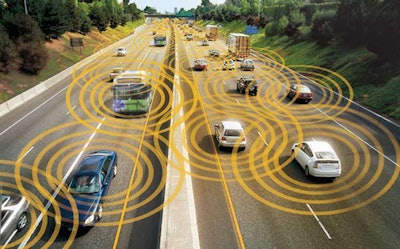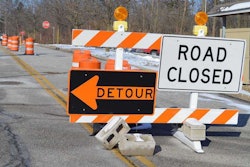
Vehicle-to-vehicle communication technology has the potential to revolutionize road safety and driving in general, and it could become the norm in just a few years.
Transportation Secretary Anthony Foxx said on Thursday the U.S. Department of Transportation and the National Highway Transportation Safety Administration plan to fast-track a proposal that requires all new vehicles to have vehicle-to-vehicle communication (V2V), according to Fortune.
The technology prevents crashes by allowing cars to communicate speed, direction, position and other safety-related information. The DOT anticipates that V2V could prevent up to 80 percent of crashes involving unimpaired drivers.
The NHTSA previously announced it was beginning to take the steps towards requiring V2V technology in early 2014. But the Office of Management and Budget wasn’t expected to review the rule until late next year. However, Foxx said that the DOT has told NHTSA to speed up the process.
A rule is now expected to be sent to OMB by the end of the year.
Foxx said that the DOT would also accelerate testing on the frequency reserved for V2V. The 5.9 GHz spectrum prevents the communication between vehicles from being interfered with.
V2V would also be a necessity for self-driving vehicles to be safe and successful, but the main goal as of now is to help make driving safer.
“The department wants to speed the nation toward an era when vehicle safety isn’t just about surviving crashes; it’s about avoiding them,” he said.
But Fortune noted that just because V2V has been put in the fast lane doesn’t mean you can expect your next new vehicle to be ready for the future. Automakers have only just started to test and develop the new technology, and then it face scores of inspections from regulators.
But Foxx’s announcement does signal that communication between cars isn’t too far off.









